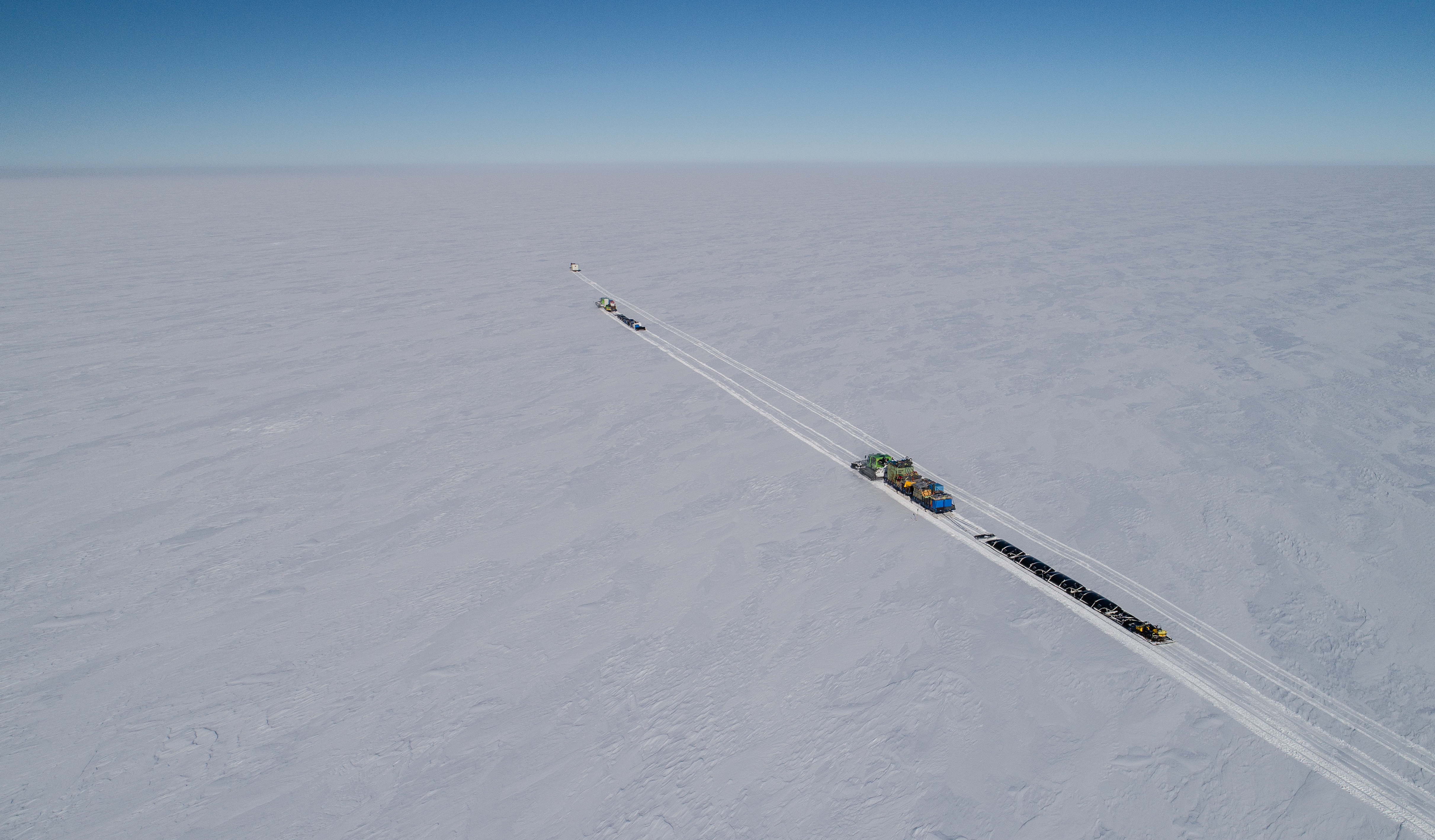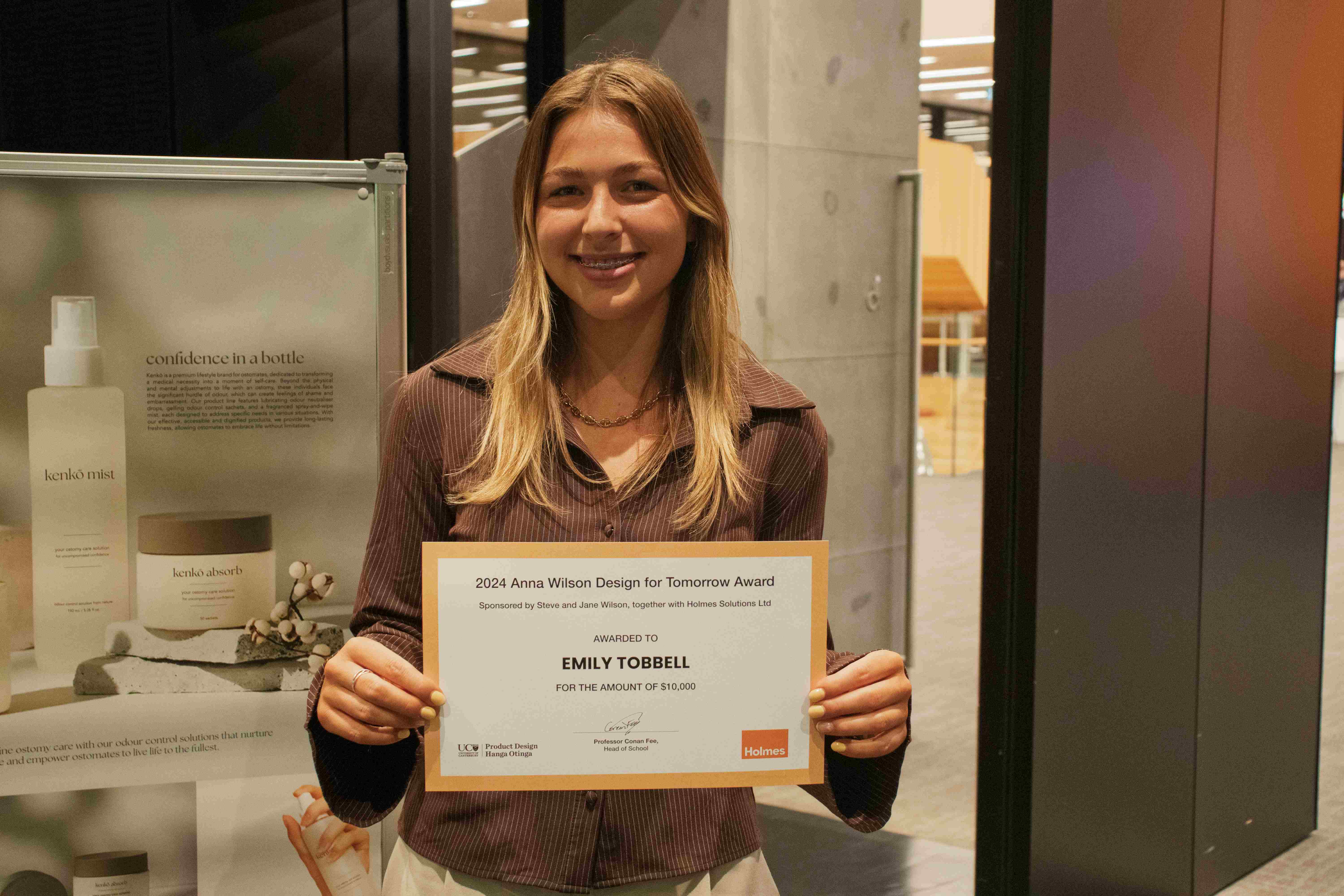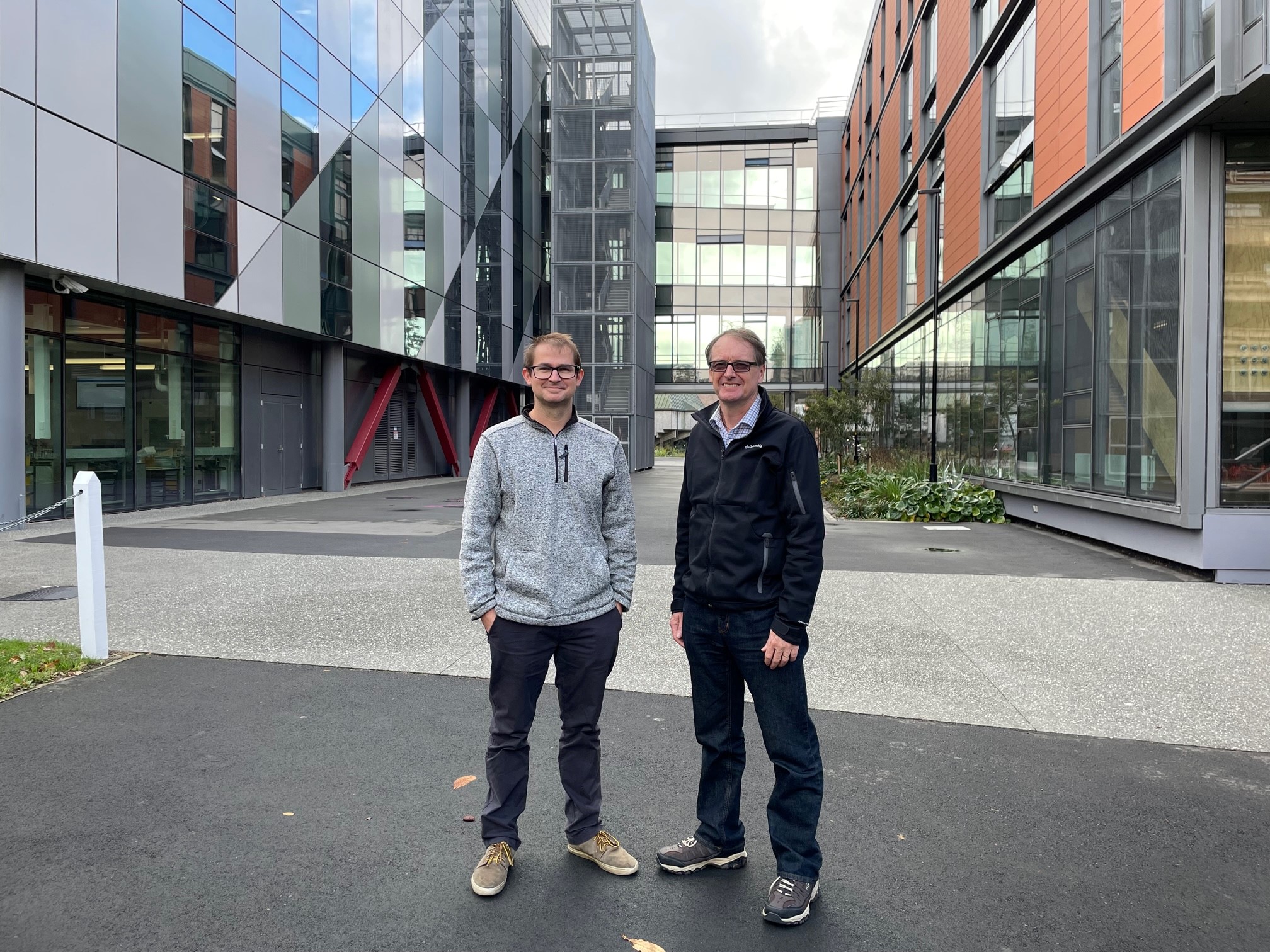Photo caption: Supervised by Associate Professor David Dempsey, PhD candidate Jinjiang Liu is modelling the injection, storage and extraction of underground hydrogen.
Supervised by Te Whare Wānanga o Waitaha | University of Canterbury (UC) Associate Professor David Dempsey, PhD candidate Jinjiang Liu is modelling the injection, storage and extraction of 10,000 tonnes of underground hydrogen at a natural gas storage site in Taranaki.
“The models we’re working with are designed to simulate the complex processes involved in hydrogen storage,” says Liu. “They help us predict what might happen, identify potential challenges, and determine practical solutions for hydrogen extraction.”
The research highlights critical operational considerations, such as managing reservoir pressure, minimising hydrogen loss, and maintaining gas purity. For instance, the site’s unique geology allows hydrogen to sit buoyantly in “cups” within the reservoir, but excessive injection risks spillover.
There are multiple complex considerations to make hydrogen viable at even one location, Associate Professor Dempsey says. “One challenge already identified is contamination during extraction, as hydrogen often mixes with residual natural gas or water. While this mixture may complicate some applications, it could still be viable for power generation or certain chemical processes.”
While storing natural gas underground is standard, it’s also less complex because it’s in its natural environment. Using the same process for hydrogen is a comparative unknown but it may end up being critical to whether New Zealand has a hydrogen future.
“Injecting hydrogen underground requires careful timing and precision. When green hydrogen is produced – say, during periods of surplus solar energy – it must be stored if we later want to capture its full value. Similarly, being able to retrieve it rapidly during peak demand is just as important,” says Associate Professor Dempsey.
“Hydrogen storage at scale could act as a buffer, much like reservoirs do for water, The goal is to develop a framework that can be applied to various sites nationwide, optimising storage and minimising transport challenges.”
 Sustainable Development Goal (SDG) 9 - Industry, Innovation and Infrastructure.
Sustainable Development Goal (SDG) 9 - Industry, Innovation and Infrastructure.










